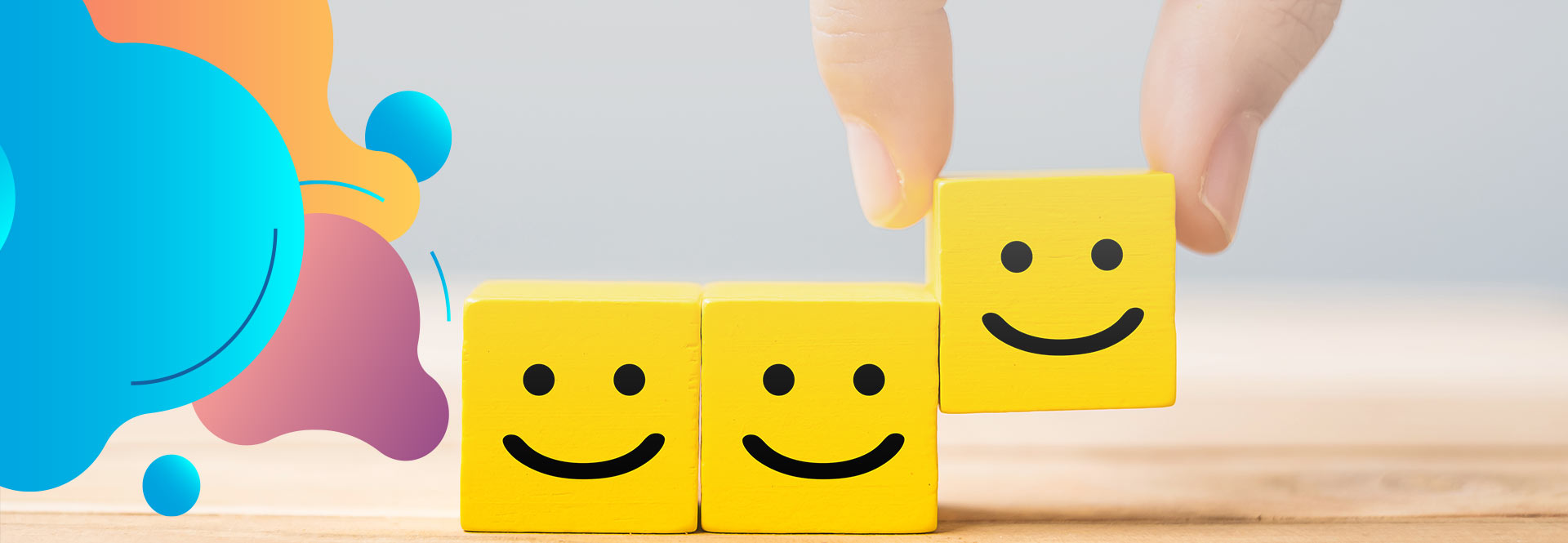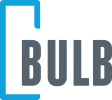When’s the last time you interacted with the “Internet of Things”?
Most consumers connect with smart devices on a daily basis. Whether they’re asking their smart speaker to play their favourite workout tunes, or they’re asking for directions from Siri, we all know what it’s like to interact with machines these days. We also know how convenient it is when those machines connect with each other.
The Internet of Things is increasingly finding a place at the heart of many business automation strategies. Companies are using sensors in the logistics chain to help them track where delivery is with incredible accuracy. Systems on a shop floor can collect information about traffic flow in a retail store and load that data into insights for your CX strategy.
IoT helps us to collect, manage, store, and even use data more effectively in an increasingly digital environment. It’s little wonder that the industry is expected to reach a value of $1.38 trillion by 2026.
Today, we’re going to explore how Internet of Things is influencing customer engagement.
The Link Between IoT and Digital Experience
Today’s business innovators are using IoT in a variety of impressive ways. In the healthcare environment, sensors in a patient’s room can detect everything from heart rate to patient comfort. These sensors can even alert professionals when a patient gets out of bed when they’re supposed to be resting. In the future, sensors could potentially track patient conditions when they’re comatose, and adjust drug levels automatically, without the need for doctor interaction.
More commonly, businesses use IoT as a tool to improve customer targeting and increase sales. For instance, an IoT sensor in a store could detect when a customer with the company’s app downloaded walks past. This sensor could then send a targeted alert to the customer’s phone, letting them know they can access an exclusive discount if they decide to buy something today.
IoT solutions can also help to detect how customers use certain products and services. For instance, in the utility industry, IoT technology can collect information about a customer’s usage of certain utilities and send that information back to the company for more accurate billing. The same data can also be used to help the company generate better pricing packages and offers for the customer.
For instance, imagine what it would feel like if your gas and electricity provider contacted you with a special offer tailored specifically to your usage patterns – that’s the power an IoT system can provide.

IoT and Opportunities for Customer Experience
Customers are more engaged when they receive high-quality experiences from the businesses they work with. Fortunately, IoT can help to strengthen a company’s approach to CX in a variety of ways. Just consider the automation abilities of IoT for instance. An IoT system in a telecom company’s service could automatically detect when a problem starts to emerge with a data centre.
Rather than waiting until the problem actually happens to do anything, set up the IoT system can as part of an intelligent workflow. So, when the data centre performance starts to suffer, your sensors automatically send a message to your engineers, letting them know something needs to be done. At the same time, the system can also simultaneously be running troubleshooting and automated diagnostic tests to figure out where the problem came from.
All the while, your IoT system is informing your failover strategies to move customer data transfer to the next closest data centre, so your customers don’t even notice that anything went wrong. IoT solutions form a fantastic part of a strategy for hyper automation – one of the most exciting trends in digital transformation today. The right tools essentially start a domino effect of activities in motion from the moment a certain issue is detected, so you can stay one step ahead of the competition.
Even better? The same IoT technology can also be enhanced by historical data and analytics from your business. This means that it can start to detect not only problems before they happen, but opportunities for better customer experience too. For instance, rather than an insurance company having to contact their data centre provider and ask for more bandwidth during a peak customer season, the system would learn when the business is likely to need more help.
As soon as the IoT sensor senses an increase in demand, it would issue the request automatically for the banking company, keeping the whole system running smoothly.
Using IoT Data to Constantly Improve Customer Experience
IoT and automation pave the way for a wide variety of customer experience enhancements in the current business landscape. Companies can set up entire workflows for enterprise process automation, speeding up the repetitive tasks that would otherwise demand the attention of crucial members of staff. These automation strategies mean that professionals can spend more time focusing on making customer experiences amazing, and less time on things like data entry.
At the same time, mixing IoT with automation means that you get more return on investment from your talent. You can direct your team towards more valuable activities, while your automated systems and sensors do the busy work on the back end.
Connected devices can constantly monitor and manage the huge amounts of data we currently work with on a day-to-day basis. The right tools can monitor the movement, interaction, behaviour, and preferences of customers, as well as tracking the performance of your network and your people.
Embed AI into this environment and you could even end up with better insights into how to grow your brand. For instance, a machine learning solution can collect and utilize the constant flow of information to suggest new process automation, offer insights into service performance bottlenecks, and show business leaders where they need to spend money to boost their potential income.
IoT in the business landscape is a natural superpower for the CX landscape. It ensures that companies can not only listen to their machines, but that machines can listen to each other, to empower employees, and build better environments for consumers.



